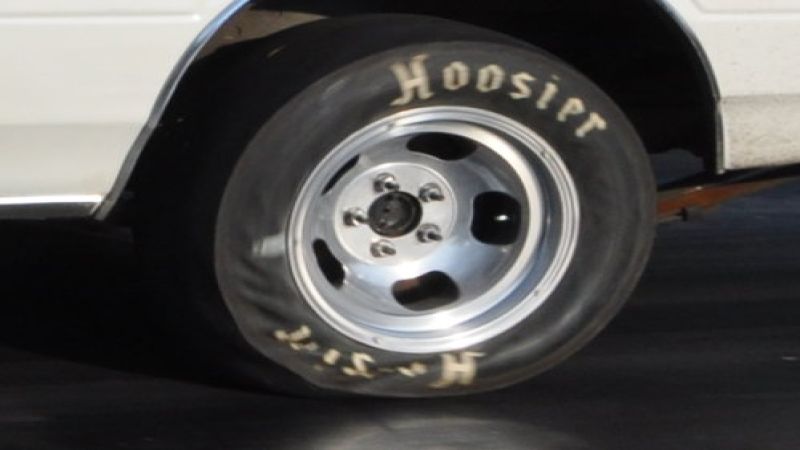The No. 02 entry in today's Rolex 24 at Daytona suffered two flat tires in the first hour and then two broken front splitters. This can happen to any driver on a road or on a highway.
Changing a flat tire is very easy so long as you know what to watch for when attempting to change your own flat tire on the side of the road.
First of all, if you drive and you don’t have some sort of roadside assistance (like AAA), it is a good idea to make sure that you know where to locate the items needed to change a tire on the side of the road. Every vehicle sold in the last several decades have come with a jack of some sort, a lugnut wrench and a spare tire – be it a modern compact tire or an full-sized spare. If you drive a car or sport utility vehicle, the spare tire is most likely in the trunk/cargo storage area and the jack/lugnut wrench are often in that same space. If you have an SUV or station wagon and the jack isn’t in there, it is probably under a panel along the inner sides of the cargo area. If you drive a pickup, the spare is most likely suspended under the bed with a jack, wrench and spare tire lowering tool under the passengers front seat or located somewhere along the rear of the passenger box. Once you have located these items, you will be ready to change your own tire should you have a blowout or a sudden flat without the help of a professional.
The first step to changing your own tire is loosening the lugnuts and this can be tricky – especially if they have not been loosened in a long time. When you attempt to loosen the lugnuts, do it with the car ON THE GROUND…before you jack it up…this makes it easier to try to loosen the lugnuts. However, once they have broken loose, leave them on until you have jacked up the car.
Now that the lugnuts are loose, you can place the jack under the car, being careful to place it on a proper lifting point. Some vehicles have arrows showing you where and some even say “jacking point” but if they don’t, you should check your owner’s manual. Many modern vehicles can be jacked on the “pinch”, which is a piece of welded metal running along the sides of the car.
Once you have located a jacking point, you can raise the vehicle up, remove the lugnuts and take the wheel off. In some cases, the wheel may be “stuck” to the hub assembly and in that case, you will want to put one or two lugnuts back on and kick around the edges of the rim to attempt to break the tire loosen. Make sure that you have a good jacking point before doing this as to not kick the car off of the jack. When the wheel loosens up, take the lugnuts off and remove then wheel.
At this point, put the spare tire on the vehicle and finger-tighten the lugnuts. Once you have the vehicle back on the ground (THIS IS IMPORTANT) make sure to tighten the lugnuts as best as possible before driving the vehicle. Many modern vehicles have compact spare tires that are only safe at certain speed ranges and since these are not used for long-term driving, it is best to get the regular tire repaired or replaced as soon as possible.
Remember, so long as you know that you have a good spare tire, a lugnut wheel that fits your vehicle and a proper emergency jack you save yourself the hassle of waiting for roadside assistance when you get a flat time.











